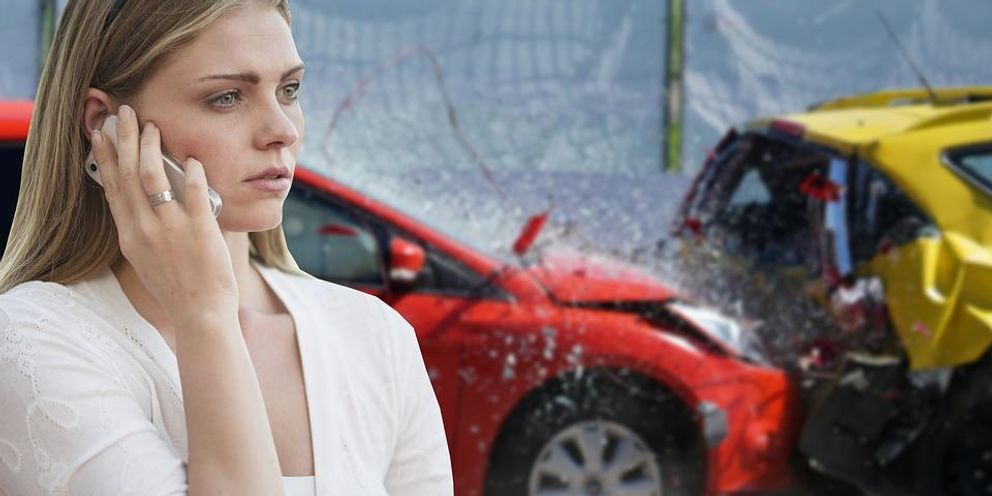
What to Do in Case of a Car Accident: A Step-by-Step Guide
Image Credit: Tumisu / Pixabay
In 2020, the United States produced 5,250,837 road collisions. That means the roughly 232 million U.S. licensed drivers had a greater than one in 50 chance of getting in a car wreck that year. So, Americans must prepare a plan for the unfortunate scenario of a road collision.
Here’s what to do in case of a car accident.
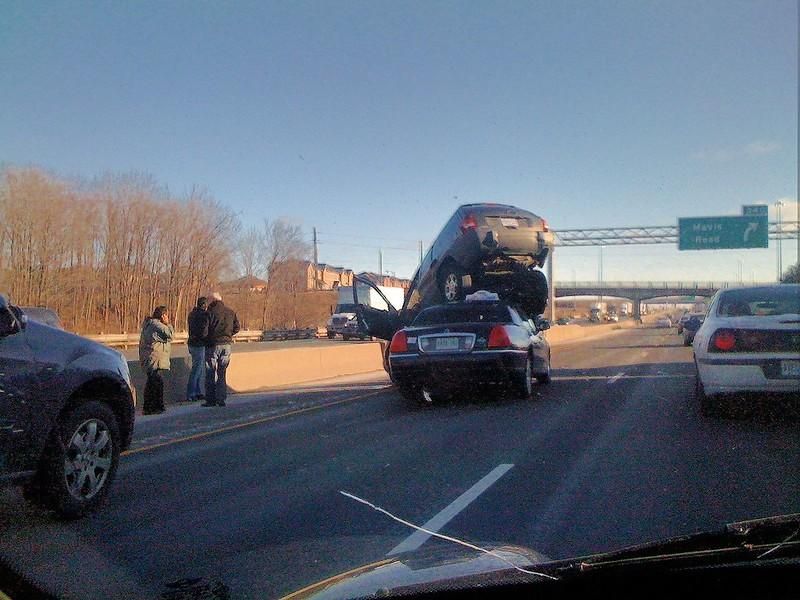
Immediate Steps After a Car Accident
After the impact, ensure that you aren’t in immediate danger. Your position on the road might be in the path of oncoming traffic, and vehicle fires can spread quickly.
Adrenaline spikes mask pain, so gingerly feel yourself over to find injuries. Unless staying in the car puts you at risk, it’s almost always better to remain seated once you locate body damage. Moving can worsen injuries.
If the car damage is relatively minor, pull off to the side of the road to let traffic flow. But, if the damage is significant or someone is hurt, leave the car where it is. In both cases, turn on your hazard lights; the uninjured should leave the vehicle to a safe place nearby.

Image Credit: David Fulmer / flickr
Checking on Others Involved
Inspect your passengers to see if they need immediate medical attention. A basic understanding of first aid can save lives. Steps like maintaining circulation and suppressing intense bleeding may keep someone steady until medical professionals arrive. Once you’ve examined everyone in your vehicle, check the other driver and provide emergency care as needed.
Calling Emergency Services
If someone needs medical attention, call 911 or have someone else call when you are treating injuries. Dispatchers will ask where you are, what the emergency is, and who is involved. Be prepared to answer these first questions, then stay on the line to provide further information.
First responders are professionals who’ve received training to handle your situation. So, follow their instructions and answer their questions to the best of your ability. Get the names and badge numbers of all responding officers.
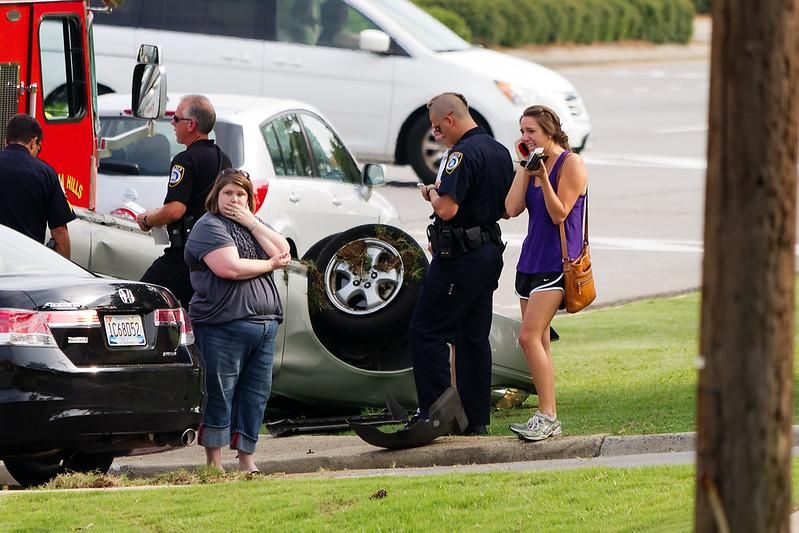
Image Credit: Rian Castillo / flickr
Documenting the Accident Scene
When able, take photos of the accident. Include different angles of both vehicles and the surrounding area. Details like skid marks can be critical to an investigation, so photograph anything that might be relevant later.
Communication between you and the other driver is critical. Here is the information you need to exchange:
- Contact details
- Vehicle type, model, and color
- Insurance company and policy number
- Driver's license number
- License plate number
Ideally, drivers who witnessed the accident will have pulled over to see if you’re okay. Ask them to stay until the police arrive, then identify them as potential witnesses. The authorities will save their information in case further review is necessary. If the witnesses can’t stay, get their contact details and give them to the police.
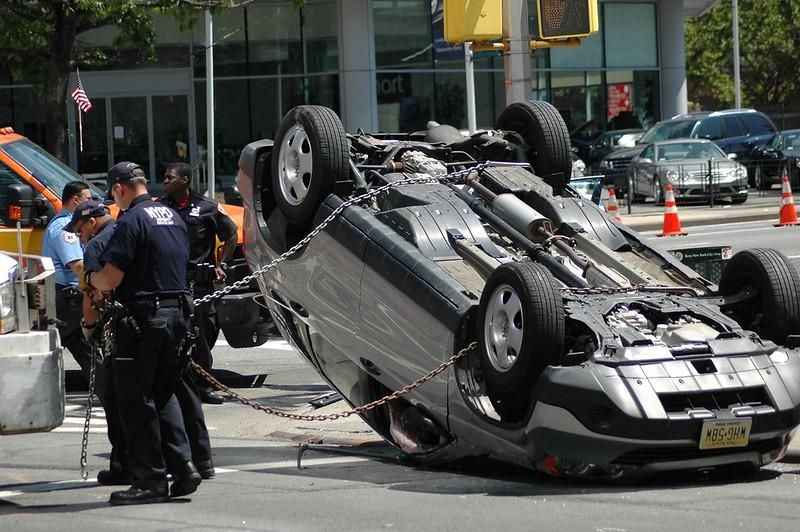
Filing a Police Report
Many states require you to contact authorities regardless of the accident’s severity. No patrol cars may be available for minor wrecks. In such cases, travel to the nearest police station as soon as possible.
Always get a copy of the police report for insurance purposes. This document is critical to receive full coverage, and some policy providers recommend getting one regardless of local laws or accident severity.
Contacting Your Insurance Company
It’s wise to contact your insurer while at the accident scene. This way, agents can direct you to gather the details for an effective claim. Agents can also get your vehicle towed to a certified body shop, which saves time and avoids potential scams.
The insurer will provide an adjuster who will investigate the wreck to determine fault and extent of damages. How much the agency covers will depend on this agent’s findings and your plan. Review your plan to learn your deductible and what kind of compensation you can reasonably expect.
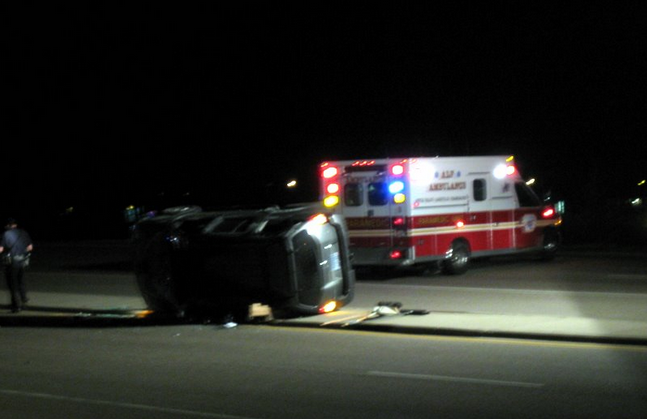
Seeking Medical Attention
Adrenaline can mask injury pain for days. So, you may be unaware that the accident has damaged your body. Go to urgent care as soon as possible, even if you feel fine. You may be experiencing shock in addition to any physical injuries. Follow up with a doctor as directed.
Most medical companies require that you visit a doctor between three and 14 days after a wreck to receive compensation. And getting professional medical documentation right away is crucial for potential court appearances.

Image Credit: DoD Inspector General / flickr
Managing Vehicle Repairs
When waiting for authorities at a wreck site, never accept help from truck drivers who stop and offer to tow your vehicle away. Scammers sometimes take cars, then sell them back for a hiked-up price. If you need a tow truck, your insurer will often send a reputable driver.
Be careful committing to paying for repairs. Ask your agent whether the provider will pay for the estimated price the repair shop floats. Sometimes, the costs will exceed the vehicle’s worth, and the insurer will compensate you for the car’s price. But policy limits rarely extend this far.
If circumstances force you to use an unfamiliar mechanic, take your car to a trusted source to determine if the vehicle restoration matches what you paid for.
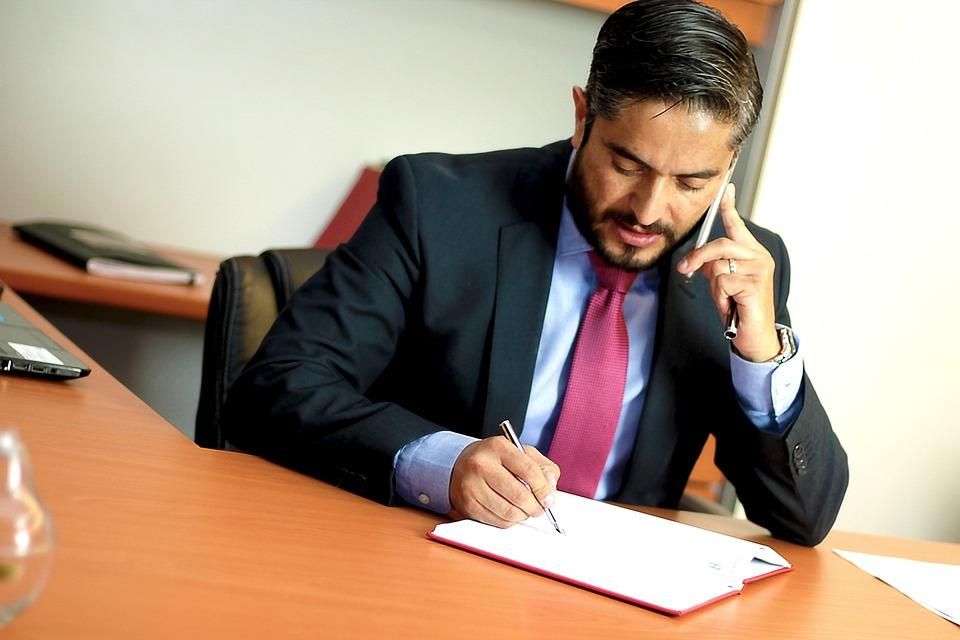
Image Credit: espartgraphic / Pixabay
Dealing with Legal Issues
The U.S. federal government mandates that vehicles have liability insurance. This coverage will reimburse the other party involved in an accident where you are at fault. Most accidents end with the no-fault party receiving a liability insurance payout.
However, the case may go to court if the at-fault party lacks liability insurance or the offered amount seems insufficient. In such cases, consult an attorney to learn your best course.
Circumstances may dictate that an out-of-court settlement will save both parties time and money. Always ask your attorney first to ensure this option is viable.
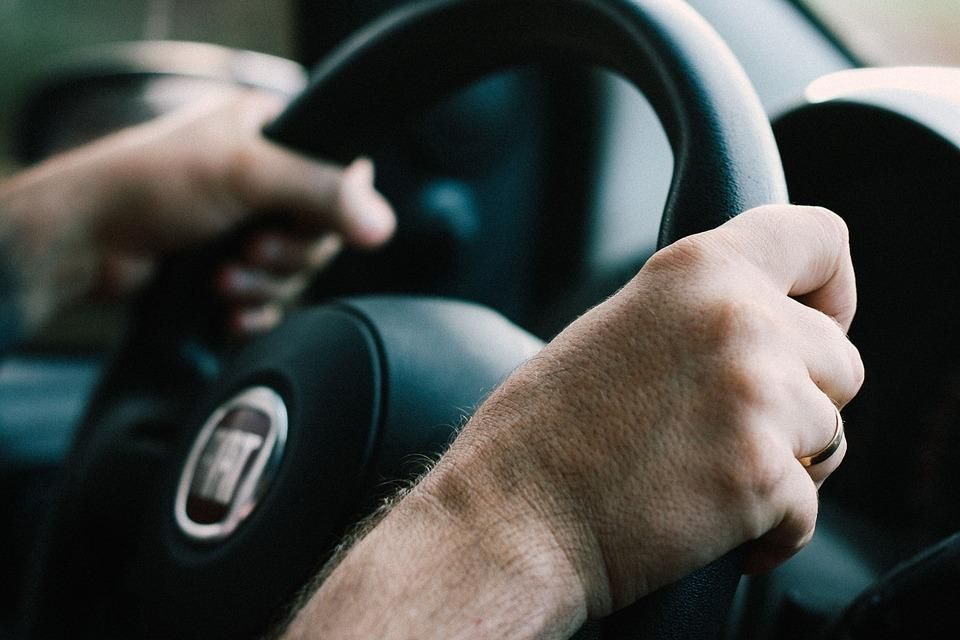
Image Credit: Pexels / Pixabay
Tips for Preventing Future Accidents
A key strategy to avoiding accidents is assuming other drivers will make mistakes. This approach keeps you on your toes for reckless road sharers. Here are the most critical defensive driving tips:
- Check Intersections: Always look both ways when entering an intersection. Crossroads are a great place to get t-boned by drivers who ignore traffic lights. And if your light just turned green, entering the intersection immediately could put you in the path of speedsters trying to catch the yellow light.
- Avoid Drifters: If you see a car driving badly by tailgating, reckless speeding, drifting out of their lane, etc., get away as soon as possible. It may even be worth pulling over to a safe location and waiting a few minutes for them to clear the area.
- Review Lane Changes: Never assume that the car in your rear will slow to let you over because you signaled. Double-check your destination lane to ensure the nearest vehicle has eased its speed.
- Spot Patterns: Paying attention to surrounding drivers can spot critical details. For example, label a tailgater as someone who needs extra space. If the person they follow slams on their breaks, the tailgater may rear-end them, causing a hazard.
Staying sober, well-rested, and focused significantly improves your driving ability. Always give yourself plenty of time to reach your destination so you don’t feel pressured to speed and have time to pull over to address distractions like phone calls.
Most accidents happen due to human error, but vehicle failures can cause devastating crashes. Regular maintenance helps avoid these breakdowns. Here are some critical features you need to check frequently:
- Oil Change: Cars may need an oil change as frequently as every three months or 3000 miles.
- Rotate Tires: Have technicians rotate your tires every time you get your oil changed. Doing so helps reduce wear on any single point.
- Inspect Lights: Each month, use your turn signals, night lights, hazard lights, and brake lights in front of a friend. Ensure each signal works as intended.
- Seasonal Checkup: Take your car to a trusted mechanic annually to find any problems that appeared over the year.
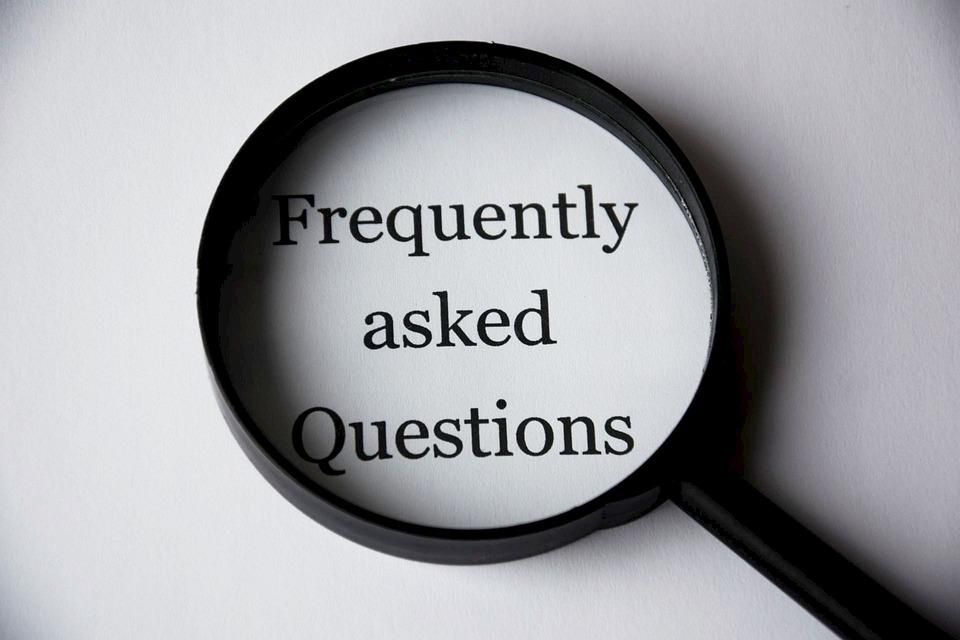
FAQs
Q: What should I avoid saying after a car accident?
A: Never say anything people can read as an admission of guilt. Even seemingly innocuous statements like, “I’m sorry you got hurt” may be interpreted as you taking responsibility. Speak with a lawyer before saying such phrases or posting anything on social media following the accident.
Q: How long do I have to report a car accident to my insurance company?
A: Different insurers hold unique standards for reporting accidents, and the wreck’s severity may expand or shrink your window. But remember that reporting an accident is not the same as filing a claim. While you may want to wait to file a claim until all the details come out, it’s almost always better to report an accident immediately.
Q: Should I admit fault at the scene of an accident?
A: No. Even if you feel responsible for a wreck, always wait until more information becomes available. An experienced attorney can get you the best at-fault outcome.
Q: What should I do if the other driver is aggressive or confrontational?
A: Avoid confrontation. Speaking calmly, let the driver know that you are calling the police. In circumstances where you feel directly threatened, remain in your vehicle with locked doors. If this option is unavailable, stay in a public area where people can see you.
Q: How can I obtain a copy of the accident report?
A: Most modern police departments will let you purchase a crash report online. In-person seekers can visit the department physically during open hours.
Conclusion
If you’ve experienced a traumatic car accident, consider seeking a licensed counselor who can guide you through the rough times. Finding a healthy outlook again is essential in ensuring your well-being in life and on the road.
Key Takeaways
1. Assess your body for damage, then move to a safe location.
2. Check passengers and the other driver for injuries.
3. Call emergency services if necessary.
4. Document the accident by taking photographs and recording witnesses’ information.
5. File a police report, and get a copy for your insurer.
6. Report the accident to your insurance agency as soon as possible.
7. Seek immediate medical attention regardless of how you feel.
8. Find a reputable repair shop to patch your vehicle’s damage.
9. Consult with an attorney if you or the other party desire legal action.
10. Adopt practices that reduce your chances of future accidents.
Related Resources
- National Highway Traffic Safety Administration (NHTSA) - https://www.nhtsa.gov/road-safety/car-accidents
- Centers for Disease Control and Prevention (CDC) - https://www.cdc.gov/motorvehiclesafety/index.html
- American Automobile Association (AAA) - https://exchange.aaa.com/safety/driving-advice/car-accidents/
- Insurance Information Institute (III) - https://www.iii.org/article/background-on-no-fault-auto-insurance
- American Red Cross - https://www.redcross.org/take-a-class/first-aid/performing-first-aid/first-aid-steps
Updated